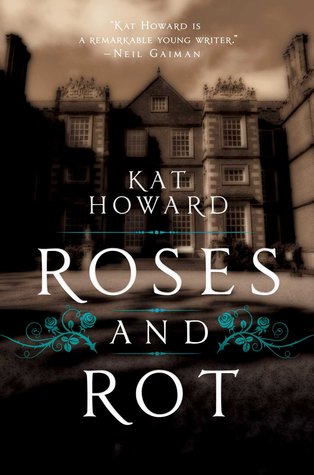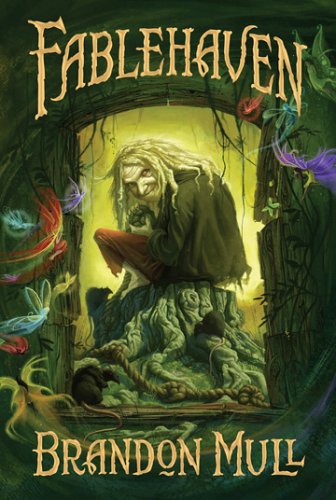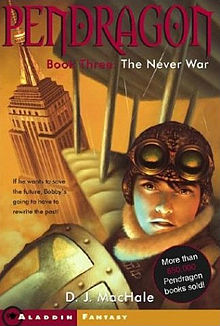Imogen, a writer, and her sister Marin, a dancer, are ecstatic when they find that they’ve both been accepted for prestigious nine-month fellowships at Melete, a renowned artists’ retreat. Although now both adults with budding careers, they still live in the shadow of an emotionally (and sometimes physically) abusive childhood instigated by their manipulative mother. This retreat is their chance not only to better their art, but to really get to know each other as sisters again. Soon, however, they’ll find that not everything at Melete is as perfect as it appears.
I think that Roses and Rot is a fun and breezy read, especially for those who are aspiring artists themselves. It’s not as spooky as the jacket copy would lead you to believe (although there are some nefarious goings-on), and, for a hopeful future novelist/sculptor/dancer/singer/poet, I think it adds an extra element of glamour to read about a retreat where young artists are respected and treated well. Melete itself still seems a lot like an artists’ paradise, even with all the strange occurrences that trouble Imogene and her sister. Author Kat Howard’s faerie re-imagining is creative, and the story certainly takes a number of unexpected twists and turns. I read it in the car on a road trip and had no trouble finishing it in one sitting.
I did feel, however, that the book suffered from a few pitfalls. Firstly, there were some pretty important plot elements that were never fully explained or just didn’t make total sense. I don’t want to give away any spoilers, but one imperative given to Imogen – the source of most of the tension in the second half of the book – is absolutely never qualified, which seemed like a gaping plot hole. Howard’s characterization, too, is a bit spotty. She does a good job with Imogen, and with some of the other fellows at Melete, but Marin and Gavin, two other vital characters in the narrative, have nearly blank personalities, sliding in and out of the story with seemingly no purpose or inner life despite the fact that they are crucial to the story. Finally – and this is a danger in any book or story where one of the characters is supposed to be a particularly talented writer – the samples of Imogen’s writing in Roses and Rot just weren’t very impressive or original. It’s hard to accept the idea that she’s so talented that all of faerie covets her when the samples you see of her work are just mediocre.
This is Howard’s debut novel, and I’m sure that her talent in storytelling will only continue to grow in subsequent volumes. Roses and Rot is fine for a quick read if you’re not too picky about details, and I’ll be interested to see what the author produces in the future.
A copy of this book was provided by the publisher for review.




